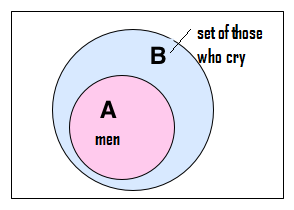Ling1010 - Fall 2008 - Practice Questions For The Bonus Exam
- ISO/IEC
2.
You may optionally provide this to label your report, leaderboard, or certificate.
×
Thank you for your feedback!
















